How to build a garden room – everything you need to know about planning and building a room in the garden
Need extra living space but don't want to move? Building a garden room is a clever and cost-effective solution
Creating a garden room is the modern alternative to large-scale extensions, because they are less intrusive and far more affordable. Creating a separate room in the garden gives you a great getaway for work, hobbies, or just some peace and quiet. If you have questions around how to build a garden room, look no further – we have it covered.
'If you are considering sacrificing some of your garden or outdoor space for a garden room make sure you have really considered how and when you will want to use it' advises Jo van Riemsdijk at Modulr Space. 'Any garden room should be an extension of your living space as opposed to subsequent to it.'
Here's everything you need to know about planning, costing and building the garden room of your dreams.
Visit our garden channel to explore all the latest ideas and gardening innovations
What is a garden room?
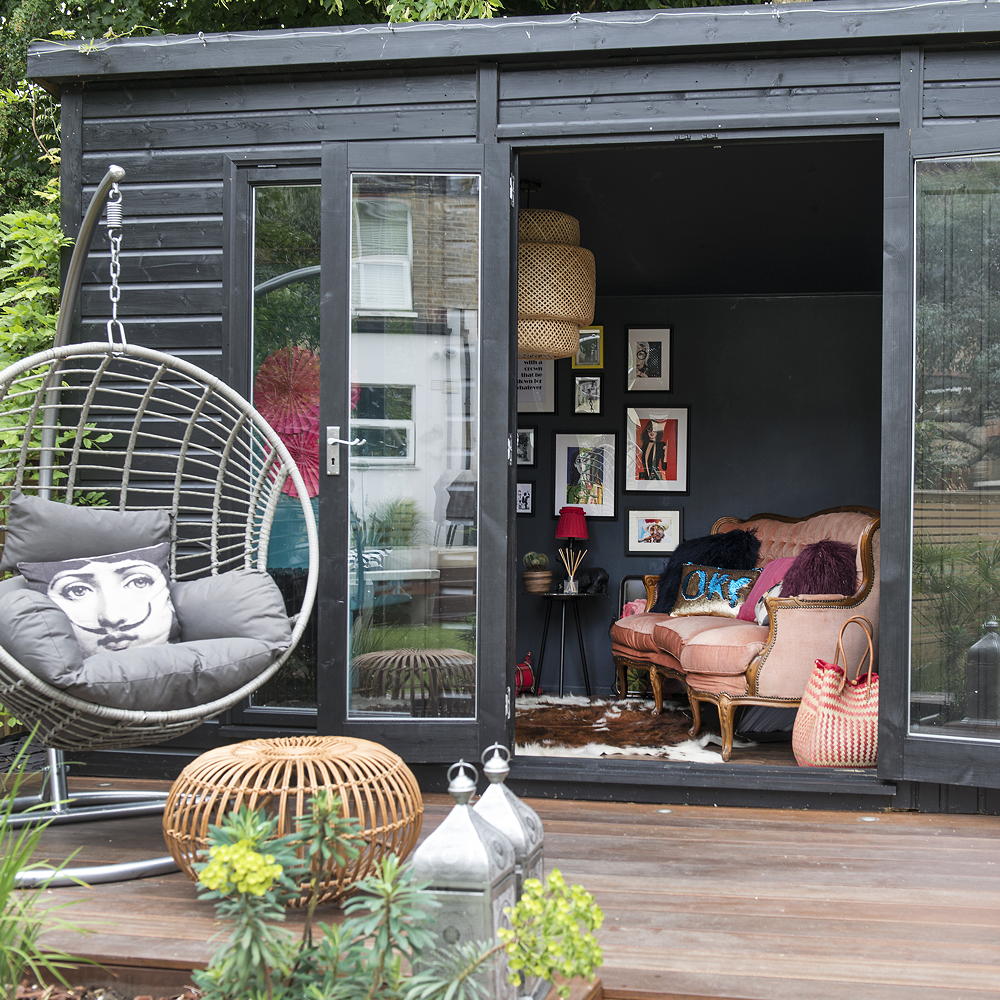
By definition, a garden room is a glazed extension with a fully tiled roof. Garden rooms can either be freestanding, which is a popular choice for home offices, or attached to an existing building. ‘More people now choose a garden room rather than a conservatory, since their solid roof construction makes them highly suitable for year-round living,’ says David Salisbury of David Salisbury Joinery.
When planning a garden room, think carefully about how you’d like to use the space. A garden room can be an extra sitting room, a peaceful sanctuary for enjoying your garden all year round, or a home office or ‘quiet zone.’
The simplest cabin or summer house is similar to a shed, with either shiplap walls and cedar roof shingles or a log-cabin construction. These are usually supplied in pre-fabricated panels and, if you’re a skilled DIYer, you could put one up yourself.
More advanced garden room designs, with sliding glass doors or a deck, for example, will need to be built on site by a specialist. Once the concrete base or piles are in, installation can take from one day to two weeks.
How to build a garden room - everything you need to know
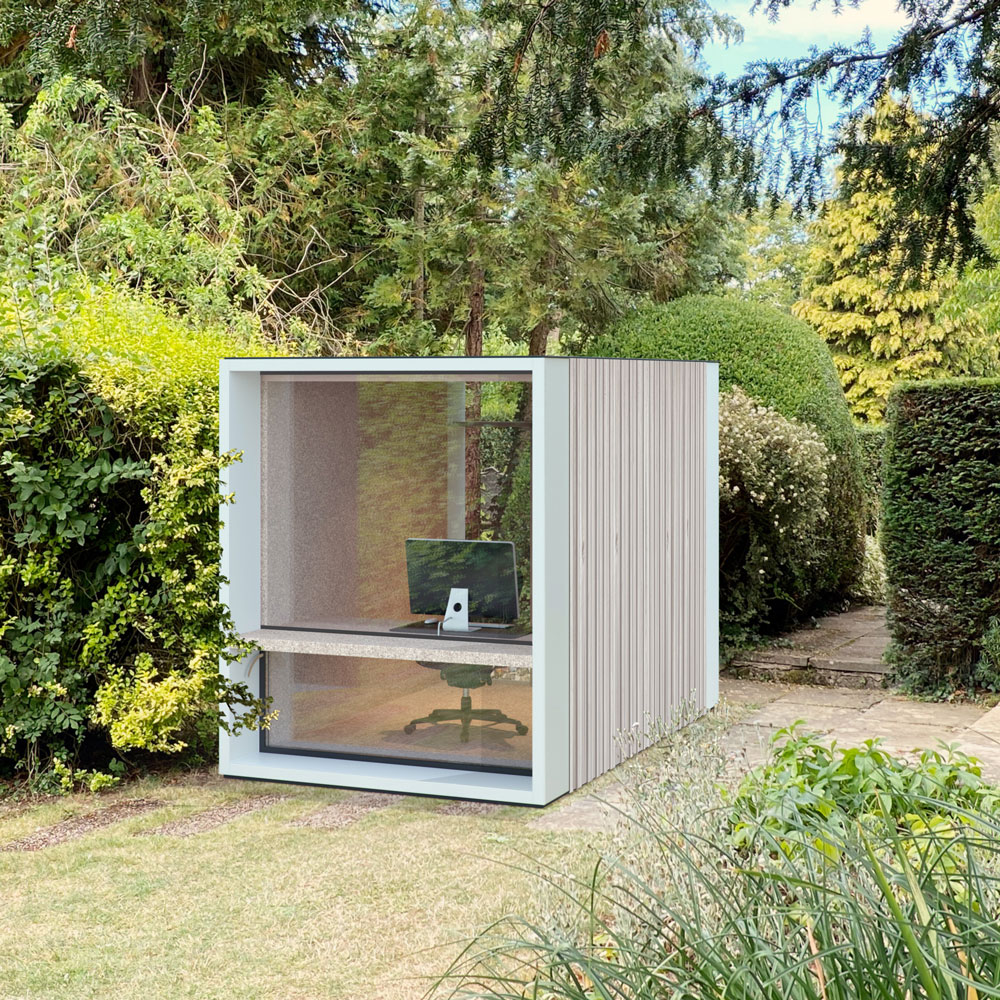
To make things more flexible. look for designs which don't require foundations. 'Some garden room companies use concrete foundations. Find out what the garden room company needs you to do in order to be able to erect the building' advises Jo van Riemsdijk at Modulr Space. 'In the case of Modulr Space – we do not use concrete foundations (unless absolutely necessary).'
'We use ground screws. Our customers only need to supply an electric connection from the main house to the garden room. We offer a turnkey solution – so all our customers need to do is plug it in and its ready to go.'
Think sustainably for the build. Consider the materials used in its construction, are they sustainable and recyclable? What is the warranty period being offered. 'Longer warranty terms indicate a quality build, using quality materials to mean that your garden room will stand the test of time' explains Jo.
Avoid positioning the garden room near growing trees, and ensure there’s access for maintenance. You’ll also need to think about access for delivery, though panels could be carried through the house.
As for securing your garden room, it's best to fit locks on doors and choose toughened glass. Check that the locks comply with your home insurance requirements. It’s worth considering external lights, a burglar alarm and Venetian blinds to prevent anyone seeing in.
Leading property experts estimate adding a garden room can add one and a half times their value to a home – depending on the quality of the build and costs of the installation. 'A high-quality garden room can boost the value of your home by 5% to 15%' explains Luke Jackson at Micheal Graham estate agents.
Want to know more about costs? Read: Garden room costs – how much is a garden building for a home office, gym and more
Do you need planning permission for a garden room?
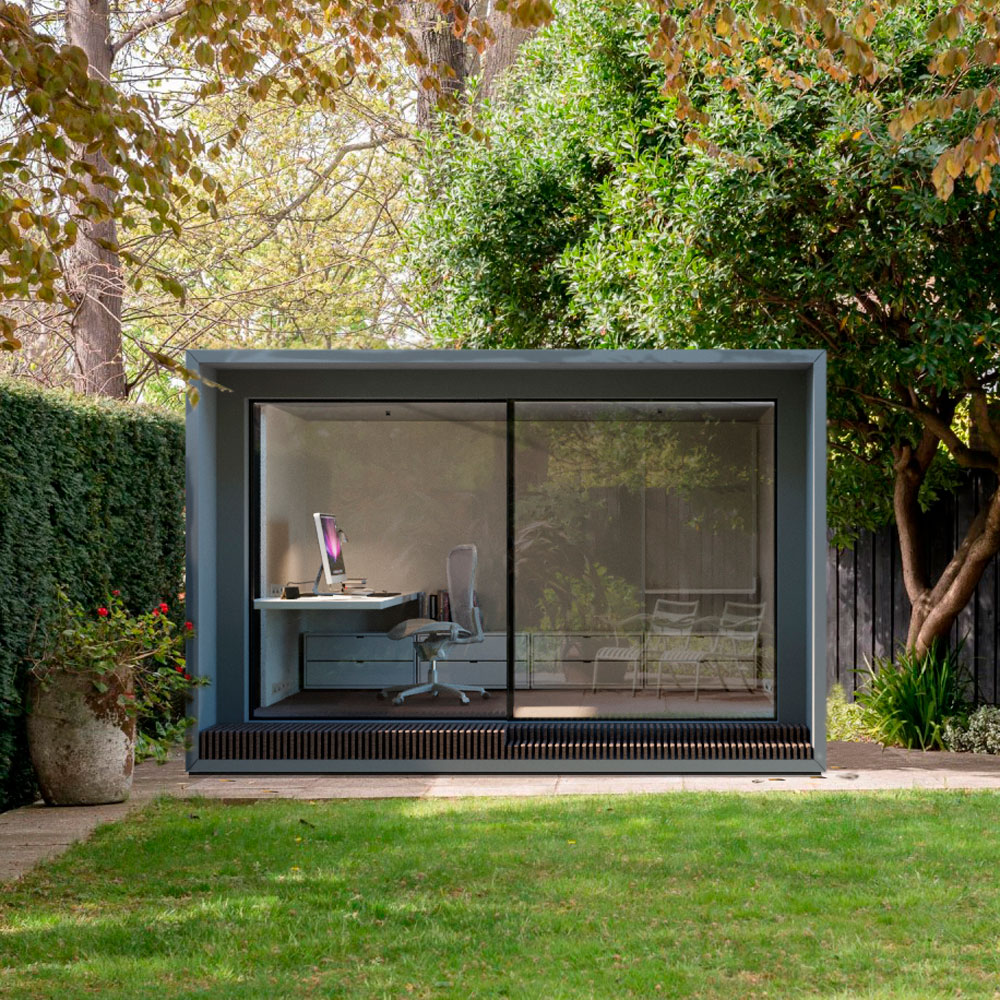
If your building is away from the house, takes up less than 50 per cent of the garden and is smaller than 15 sq m, or in some cases 30 sq m, you’re unlikely to need planning permission for your garden room or Building Regulations Approval. However, there are exceptions – such as if you intend to use the room for sleeping – so check online at www.planningportal.gov.uk, and consult your local council’s planning department. If you don't, you could risk your garden room breaking the law, and you could end up having to demolish it.
'Most garden room suppliers make the statement that their structures fall within permitted development. However, there are some exceptions to this' warns Jo at Modulr Space. 'These include Location within conservation area; location within the curtilage of a listed building; location within a national park or area of outstanding natural beauty. And where a highway/footpath is located beyond a garden boundary'
'The Permitted Development rights which would ordinarily allow detached garden buildings only apply to gardens of single dwellings. And therefore communal or gardens belonging to flats are unlikely to qualify.'
'In addition, the use of any garden building is restricted to purposes ‘incidental to the enjoyment of a dwelling house’ – essentially household only use' Jo explains. 'Permitted Development rights can also be removed by local orders or by other planning restrictions which may have been imposed on previous planning permissions.'
Choose a garden room company who cover the planning issues. 'Modulr Space Ltd is run by Architects with experience in planning law. We also work with a Planning Consultant who is able to assist with more complex planning matters and is able to help homeowners get hold of a Certification for Lawful Development Certificate.'
Can I use a garden room all year round?
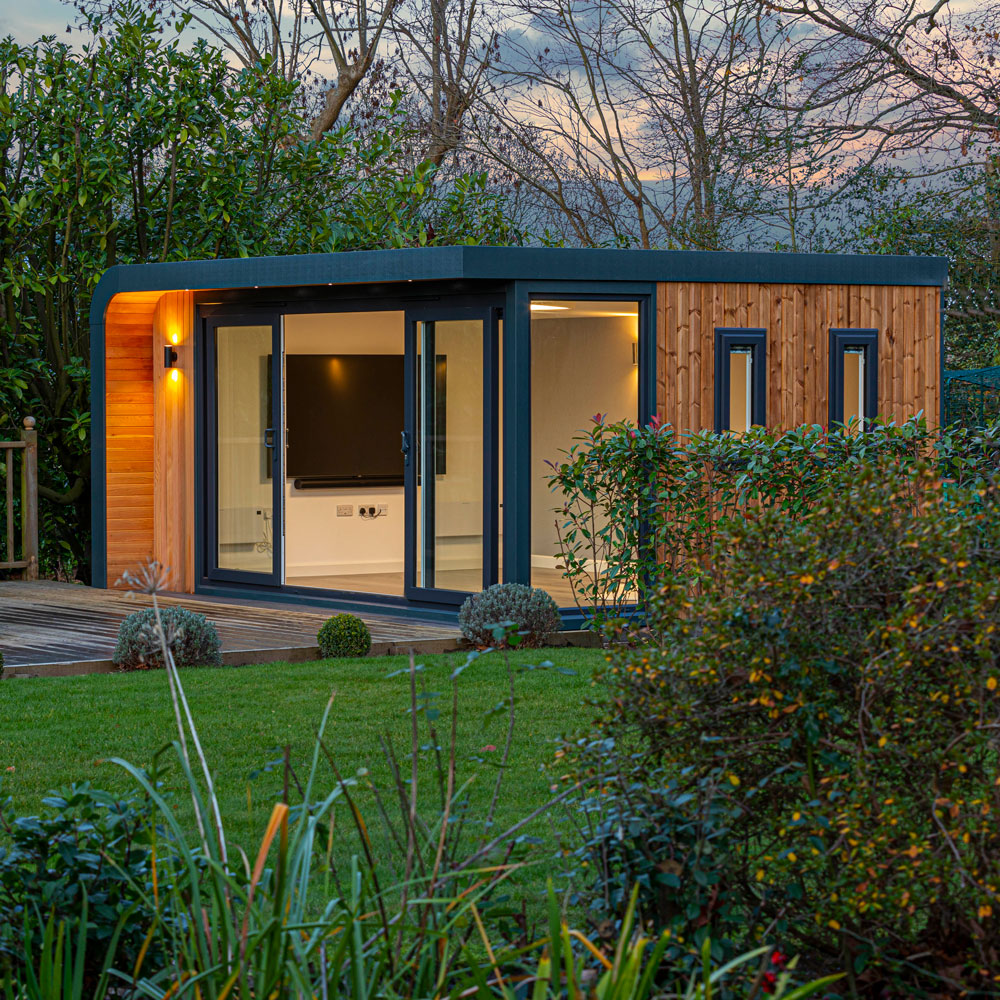
To maximise the potential of your garden build all year round you should look for a design that is well insulated. If your garden room is insulate well and fit double-glazed windows, you’ll be fine to still use it for the colder months.
An electrician can run a cable from your house to the room to power lights and heating to ensure the space is useable throughout the darker, colder months. In some cases, downlighters, sockets and wiring may be pre-installed in the panel walls.
How to use a garden room?
How you use a garden room depends on the build, as to whether or not you run electrics to a new garden building or simply upgrade the shed. Throughout the pandemic the requirements of garden rooms for home offices and gyms have been the primary purpose.
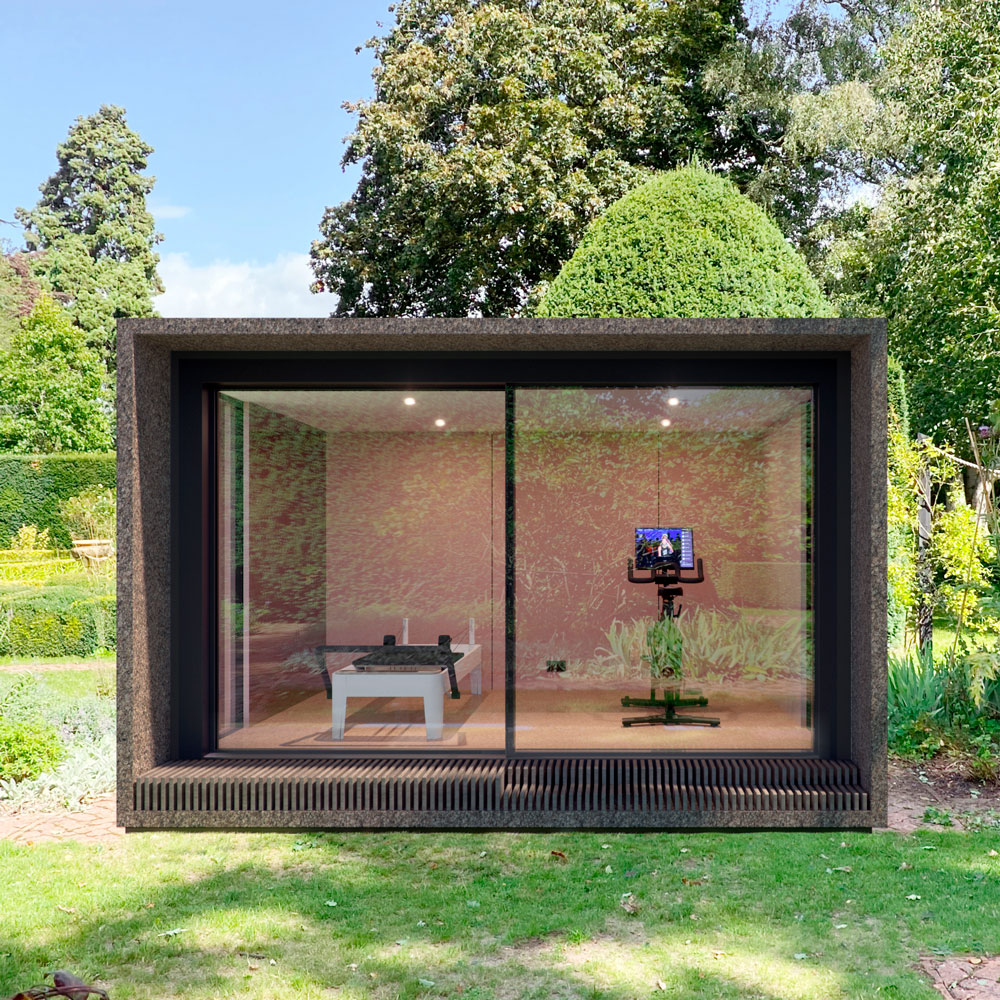
Are you considering using your garden room as a home gym? Jo at Modulr Space advises, 'Talk to your supplier about whether you might need a reinforced flooring system. Some units are created from SIPS panels and a dropped heavy weight on the floor could damage the structure.'
'You should consider head height. Will you be able to use the room as a gym or will you need to go for an increased height if you are tall? Remember that permitted development allows for 2.5 meters in height on a boundary moving to 4 meters at the peak of a roof if the unit is 2 meters away from any boundary.' Expensive gym equipment can be an investment, so ensure your security is up to scratch.
For a garden games room you’ll need plenty of space to play table games – L247cm x W153cm for a table tennis table, for example. Make this the main factor when planning the layout and size. Fancy making yours a music room? Look for a specialist company that offers sound-proofing.
'Look for designs and structures that offer longevity and the ability to be used for alternative functions' says Jo. 'Ultimately - you get what you pay for with garden rooms. As opposed to a house extension – they offer good value if you pick one that will be around and useful for a long period of time.'
Get the Ideal Home Newsletter
Sign up to our newsletter for style and decor inspiration, house makeovers, project advice and more.
Tamara was Ideal Home's Digital Editor before joining the Woman & Home team in 2022. She has spent the last 15 years working with the style teams at Country Homes & Interiors and Ideal Home, both now at Future PLC. It’s with these award wining interiors teams that she's honed her skills and passion for shopping, styling and writing. Tamara is always ahead of the curve when it comes to interiors trends – and is great at seeking out designer dupes on the high street.
-
 Should your front door colour match your hallway? Interior experts reveal 3 reasons why it should (and 3 reasons it shouldn't)
Should your front door colour match your hallway? Interior experts reveal 3 reasons why it should (and 3 reasons it shouldn't)Are you team matching or contrasting?
By Ellis Cochrane
-
 This £200 limited-time discount makes this Dyson vacuum cheaper than I’ve ever seen it - run don’t walk to Argos for this bargain
This £200 limited-time discount makes this Dyson vacuum cheaper than I’ve ever seen it - run don’t walk to Argos for this bargainIt's the most affordable Dyson on the market right now
By Lauren Bradbury
-
 Martin and Shirlie Kemp’s pastel flower beds has given their Victorian renovation a romantic look - how you can get the look
Martin and Shirlie Kemp’s pastel flower beds has given their Victorian renovation a romantic look - how you can get the lookTheir pastel garden is the cottage garden inspo you've been looking for
By Kezia Reynolds